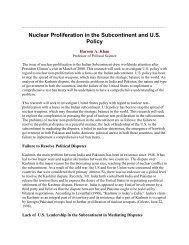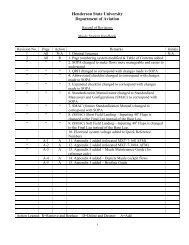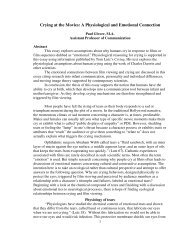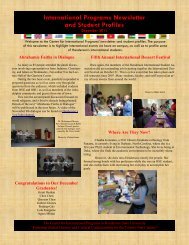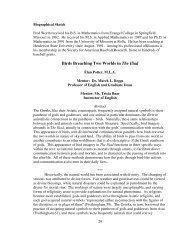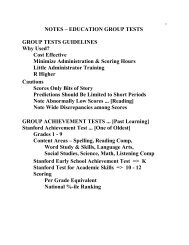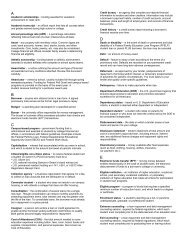Hearing Trig Functions - Henderson State University
Hearing Trig Functions - Henderson State University
Hearing Trig Functions - Henderson State University
You also want an ePaper? Increase the reach of your titles
YUMPU automatically turns print PDFs into web optimized ePapers that Google loves.
amps:=[1,1]: freqs:=chord(["A","A"],[4,5]);<br />
freqs := [440.00, 880.00]<br />
A major chord is generated for this second<br />
example. This graph is close to the graph<br />
of .<br />
> amps:=[1,1,1]:<br />
> freqs:=chord(["C","E","G"],[4,4,4]);<br />
freqs := [261.6255653, 329.6275568, 391.9954358]<br />
For the third example, the<br />
middle note is dropped half<br />
of a step to form a C minor<br />
chord. This graph is close to<br />
the graph of<br />
.<br />
> freqs:=chord(["C","Eb","G"],[4,4,4]);<br />
freqs := [261.6255653, 311.1269838, 391.9954358]<br />
It is not clear by looking at the graphs of these pressure-versus-time plots why a major chord is<br />
more consonant than a minor chord. I believe that the right way to visualize a complex sound is<br />
to look at a frequency distribution. According to the resonance theory of hearing, our ears acts<br />
like a Fourier transform by separating the sound into its component frequencies before sending<br />
the signals to our brain. The major chord is more consonant because the frequencies that make<br />
up that sound are roughly proportional to smaller integers.




